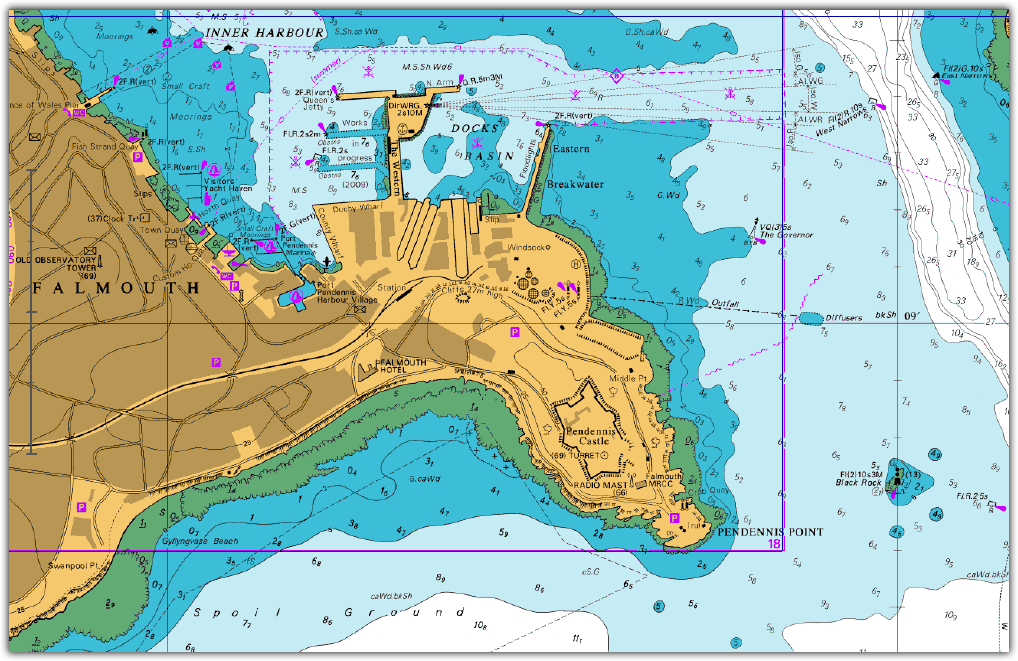

- #NOAA RNC CHART VIEWER HOW TO#
- #NOAA RNC CHART VIEWER INSTALL#
- #NOAA RNC CHART VIEWER ZIP FILE#
- #NOAA RNC CHART VIEWER UPDATE#
- #NOAA RNC CHART VIEWER OFFLINE#
The chart will now be made available within WinGPS 5.
#NOAA RNC CHART VIEWER INSTALL#
If you want all NOAA charts in the same chart set or are planning a future trip, you can choose to install the new charts in an existing set. If you are planning a future trip, it is also possible to enter a name referring to this trip. At 'chart set name' enter the same name as was shown in the previous screen (in this example 'Newport - Bermuda') accompanied with the month and year of the edition (when updating later on you will always know which are the newest chart sets). When this is your first time installing NOAA charts we advise on choosing a new chart set.
#NOAA RNC CHART VIEWER ZIP FILE#
Extract the Zip file by clicking it with the right mouse button and clicking 'Extract all'.A new page will open containing the user agreement. Click on 'RNC', found at 'available products'.In this example we chose chart '5161: Newport - Bermuda'.

#NOAA RNC CHART VIEWER HOW TO#
Below you will find a description on how to do this. It is also possible to manually add NOAA charts to your version of WinGPS, making it possible to view the charts even without a connection to the internet. To view these charts however, you need to have a working internet connection on your device.
#NOAA RNC CHART VIEWER UPDATE#
Since the 2016 update of WinGPS 5 and WinGPS Marine you got the possibility to load the NOAA charts from the chart manager.
#NOAA RNC CHART VIEWER OFFLINE#
How to make NOAA charts available offline with WinGPS 5 or WinGPS Marine Offline installation DKW charts (Windows).After a week of long hours, we were finally ready to toss lines and say “see you next year Alaska. In the end, we were able to finish processing a number of sheets and reach a comfortable place on all the others. This process was greatly assisted with the help of augmenting physical scientists Pete Holmberg and Janet Hsiao. Those of us as sheet managers focused on cleaning multibeam data, processing backscatter mosaics, attributing features, conducting quality control checks, and writing descriptive reports. Therefore, we happily used this week of “down-time” to complete previous project sheets and plan for the upcoming survey. Our work had begun stacking up due to an extremely busy season, coupled with the fact that for most of us, this was our first time working on hydrographic project sheets. Although we eagerly anticipated the warmer waters of San Francisco Bay, this delay was well received by the hydrographers in the survey department and amongst the NOAA Corps officers. However, an unforeseen circumstance stymied the planned underway date. Shelley Devereaux, and HST Adriana VarchettaĪfter six months of surveying in Alaska, NOAA Ship Fairweather was ready to point the bow south and set sail for San Francisco Bay. Continue reading “NOAA helps develop undergraduate course in lakebed mapping”īy ACHST Simon Swart, Operations Officer Lt. coastal, ocean and Great Lakes waters mapped, there is a lot of work to do! Read on to learn about a hydrographic surveying project NOAA is supporting with Northwestern Michigan College in the Great Lakes. In particular, hydrography – measuring water depths, locating hazards, and describing the seafloor – is a challenging but exciting field dependent on skilled technicians, surveyors, and scientists to acquire mapping data using state-of-the-art technologies. NOAA works with a variety of partners to advance workforce development in these foundational geospatial areas. Exposure to key disciplines, from geodesy, oceanography, and science data management to modeling, hydrography and GIS-based cartography, is critical to building robust interest, opportunities and expertise in the government and industry geospatial careers supporting climate resilience. As the New Blue Economy grows along with demands for a climate-ready workforce, NOAA is connecting the dots between climate resilience and the need for a workforce skilled in science and technology supporting ocean and coastal mapping.


 0 kommentar(er)
0 kommentar(er)
